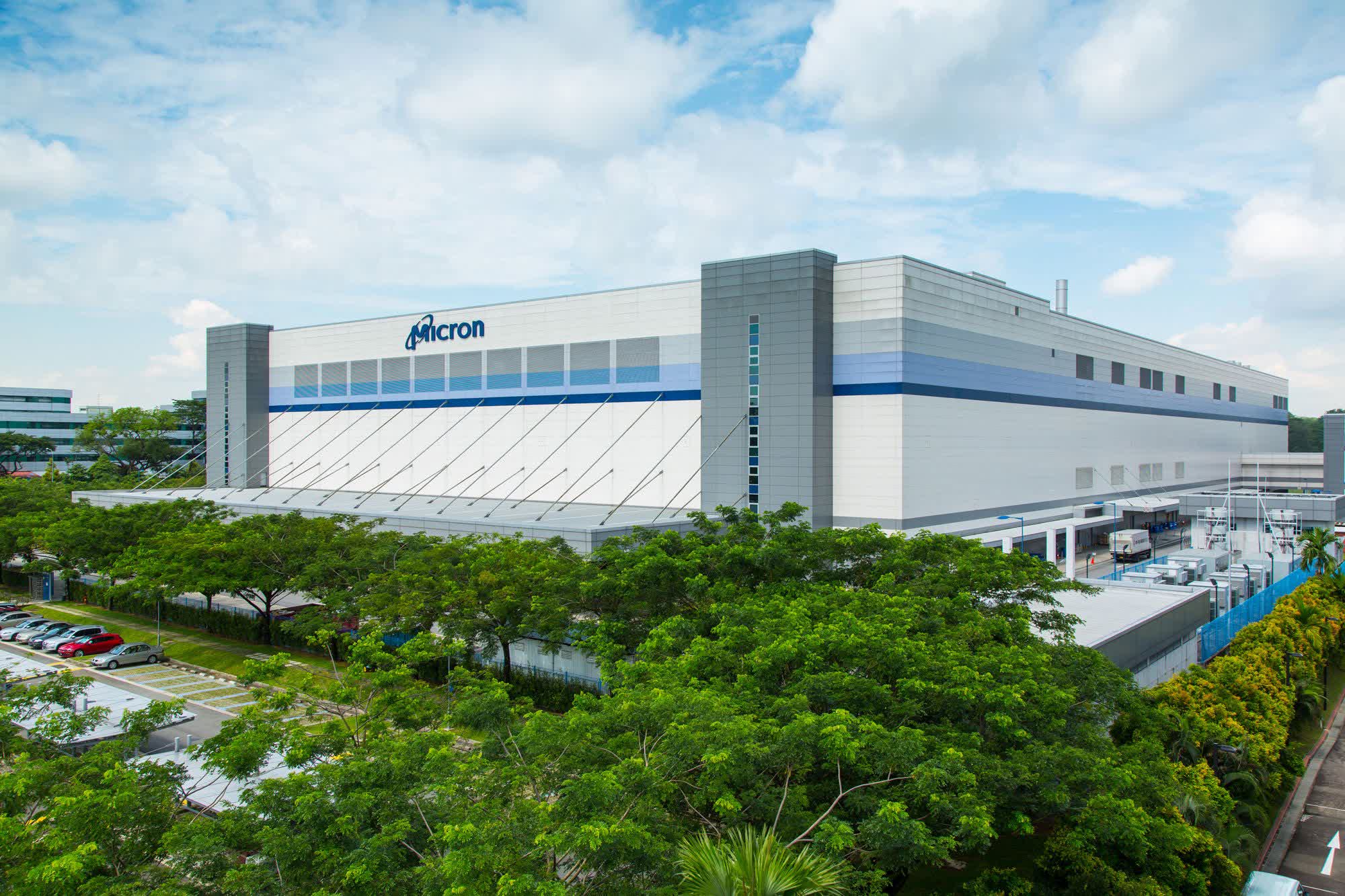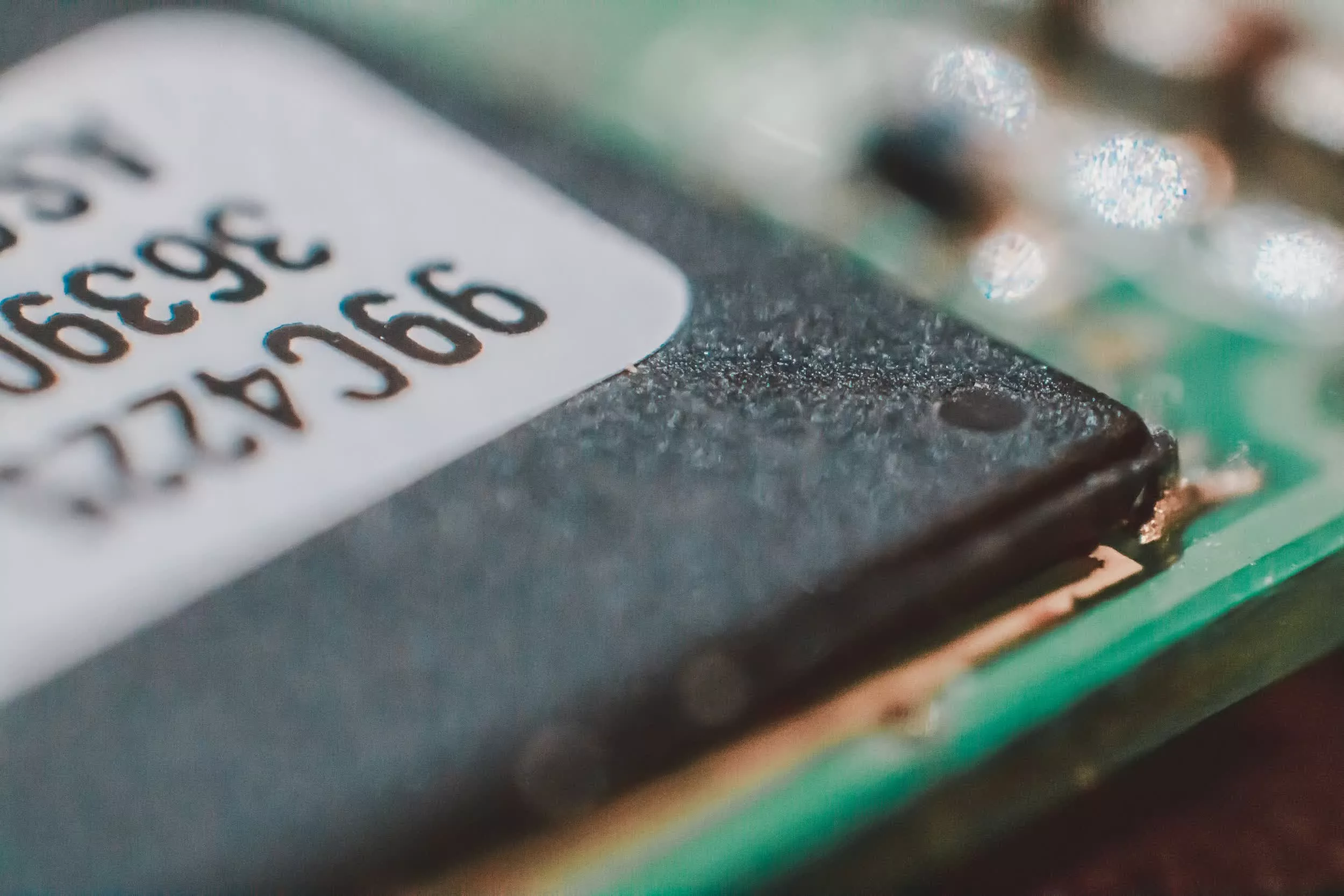Why it matters: We've been experiencing low RAM and SSD prices for a while now, a result of weakening consumer demand and excess inventory, but that could end sooner than expected after Micron and other manufacturers announced they are reducing production.
The latest report from TrendForce notes that memory pricing started declining in the fourth quarter of 2021. The usually lucrative peak season was a disappointment due to weakening demand combined with skyrocketing inflation, the Russian invasion of Ukraine, and pandemic policies, all of which caused a build-up of inventory.
The report notes that the average contract price of mainstream capacity wafers has fallen so much that some manufacturers are close to selling at a loss.
Last month brought more reports of SSDs getting cheaper as NAND prices plummet---TrendForce wrote that the situation was unlikely to change anytime soon. But it seems Micron's announcement last week that it would cut DRAM and NAND Flash production in response to the situation has changed the analyst's prediction.
Micron, which is spending up to $100 billion to build a megafab in New York, is one of the three computer memory manufacturers, alongside Samsung and SK Hynix, that produce the majority of RAM chips found in devices, so its actions will have an impact. Soon after Micron made the announcement, Kioxia announced that it would be reducing NAND Flash production by 30% from this month.

TrendForce believes that while DRAM production will fall, it won't see a significant reduction in production compared to NAND Flash.
Micron's announcement also means its plans to increase production of 232-layer NAND Flash in the fourth quarter have been put on hold as it continues to focus on 176-layer products throughout 2023.
The report notes that we could see more manufacturers limiting production as only a large-scale reduction in output can reverse supply and demand imbalance throughout next year.
Rising prices isn't the news AMD and Intel will have hoped for, given the companies' support of both PCIe 5.0 SSDs and DDR5 in their platforms. Team red's Zen 4 architecture only supports DDR5, unlike Intel's 12th-gen and upcoming 13th-gen chips, which support both DDR4 and DDR5, so the latter memory becoming very expensive (again) is going to be an especially unwelcome sight for AMD and its fans. If you plan on upgrading, doing it sooner rather than later might be the best course of action.
